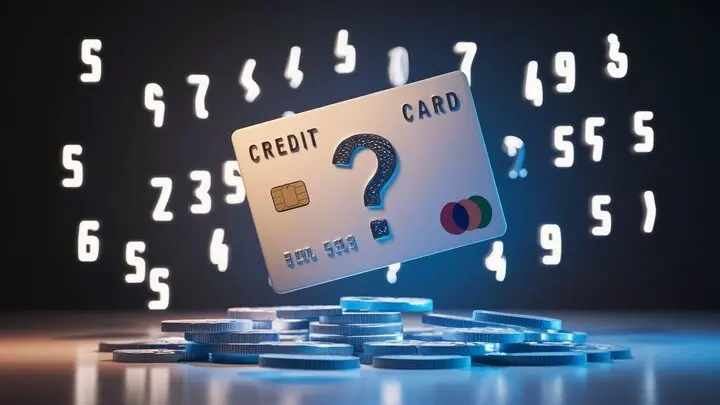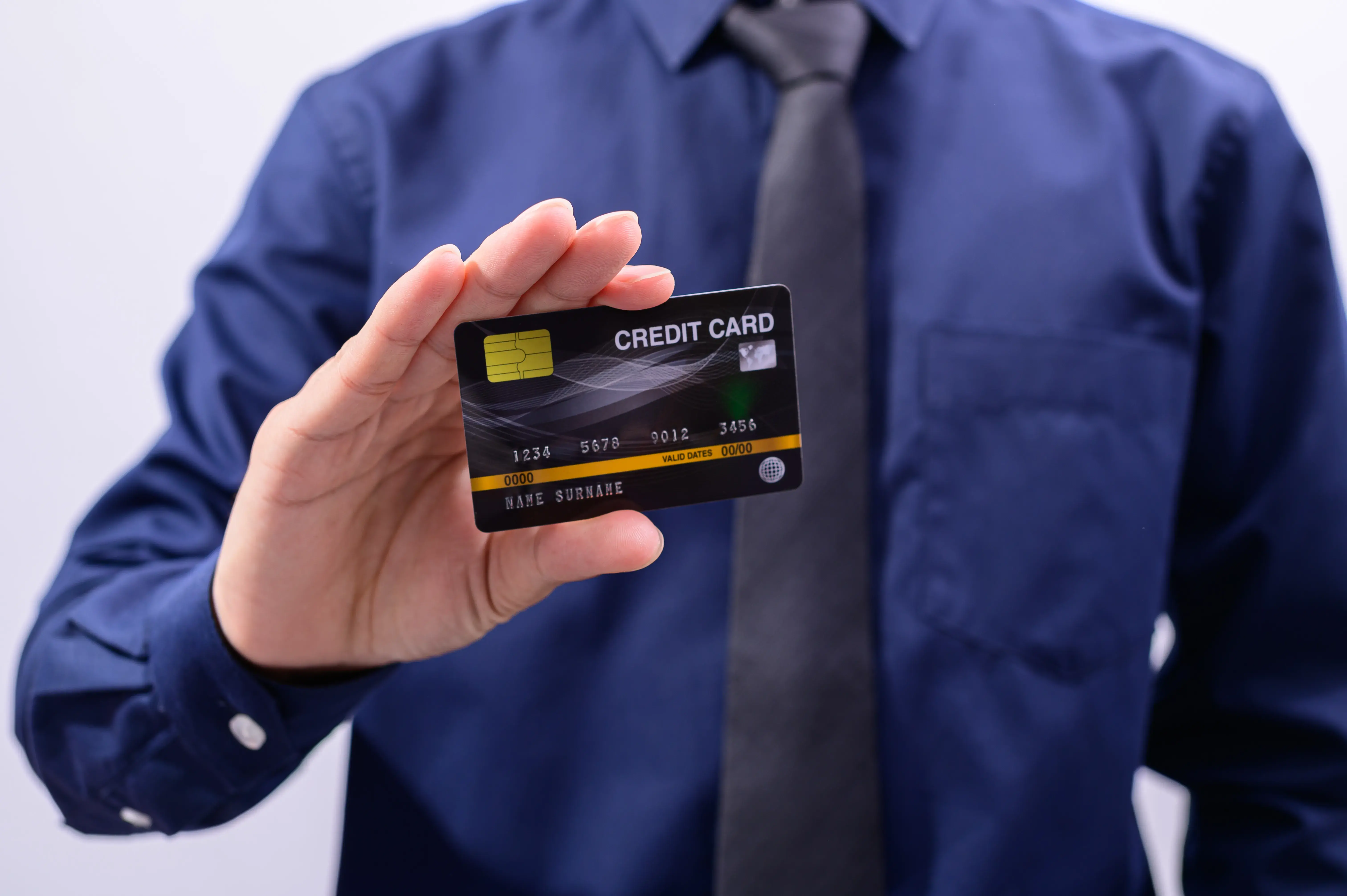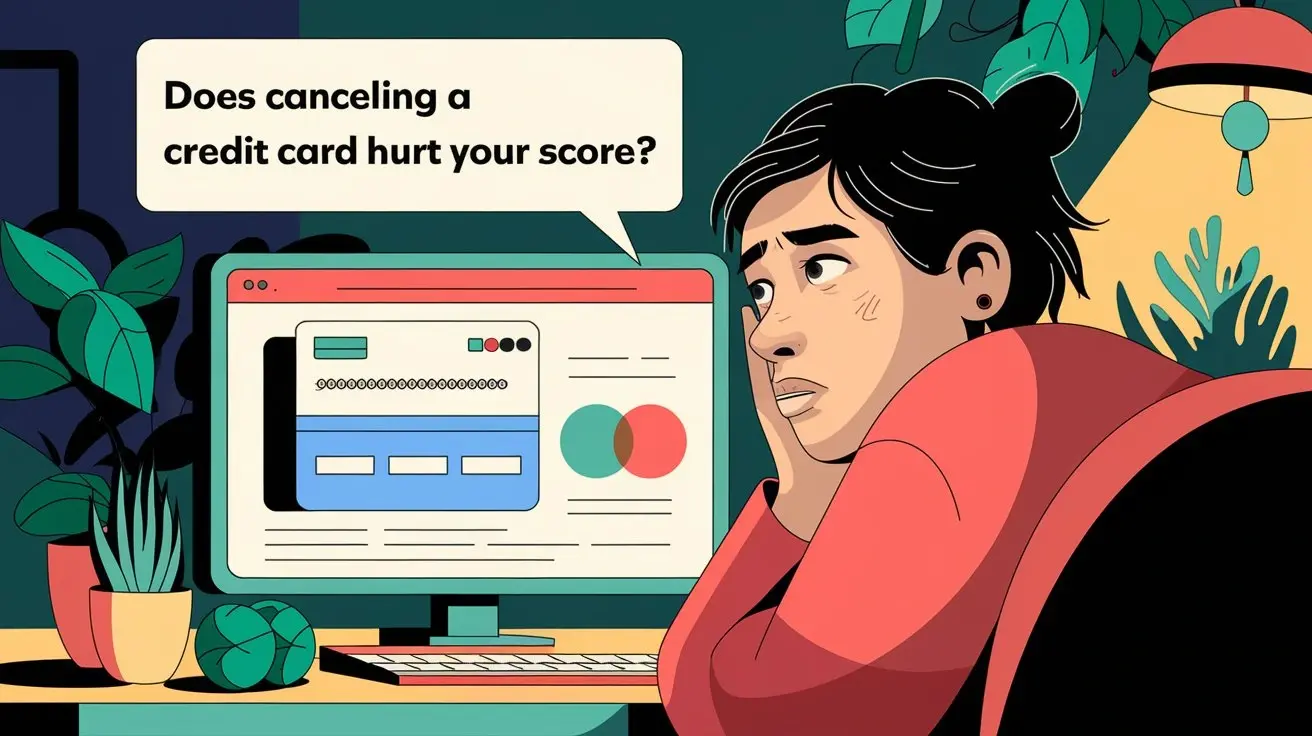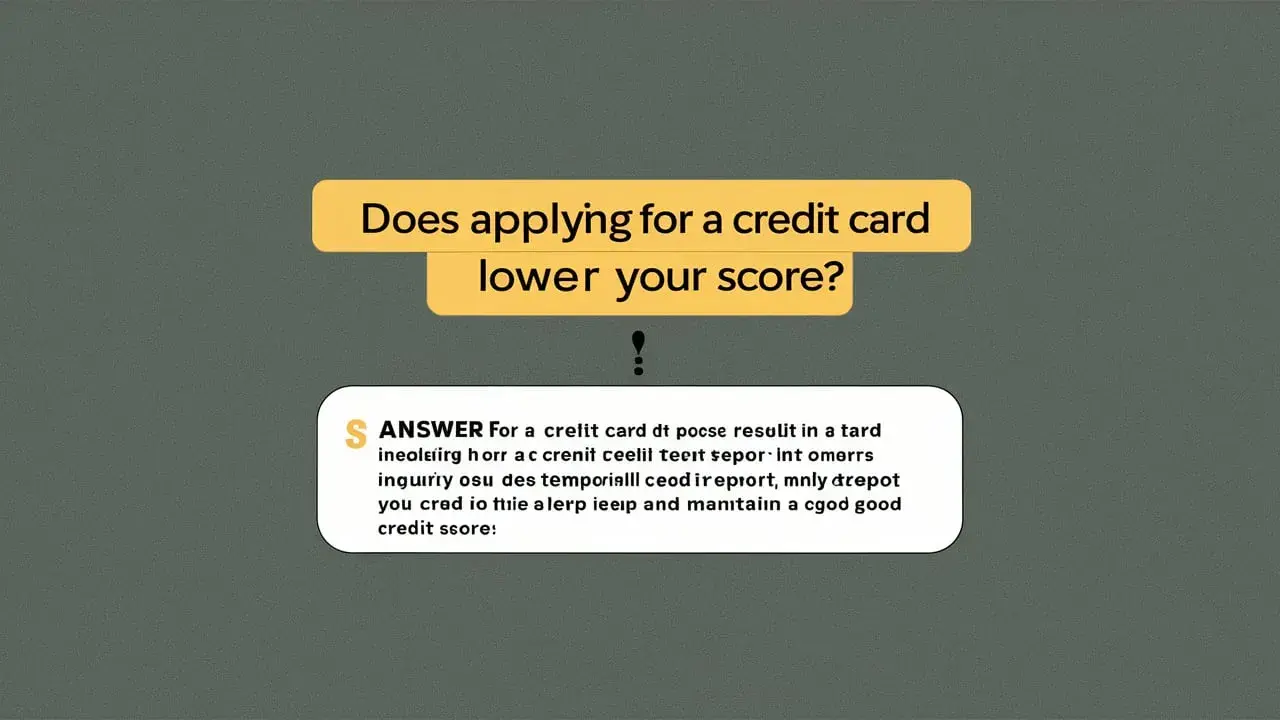-
Posted on: 28 Jun 2024

-
When dealing with financial transactions, understanding the different types of identifying numbers is crucial. You've likely encountered account numbers, routing numbers, and perhaps even SWIFT codes. But what about credit cards? Do credit cards, like checking accounts, have routing numbers? The simple answer is no. Credit cards do not have routing numbers. This is because they operate on a fundamentally different system than bank accounts.
Understanding Routing Numbers
Before diving deeper into why credit cards don't have routing numbers, let's first define what a routing number actually is. A routing number, also known as an ABA routing number, is a nine-digit code that identifies a specific financial institution within the United States. It's used by banks and credit unions to facilitate financial transactions, primarily electronic transfers. These transfers include:
- Direct Deposits: When your employer sends your paycheck directly to your bank account.
- Electronic Funds Transfers (EFTs): Moving money between different bank accounts electronically.
- ACH (Automated Clearing House) Transfers: A network used for a wide range of electronic payments, including bill payments and recurring transfers.
- Wire Transfers: A method for transferring money electronically, often used for larger sums or international transactions.
Routing numbers are essential for ensuring that money is routed to the correct bank and account. They act as a unique identifier for each bank, much like a street address identifies a specific building.
Why Credit Cards Don't Have Routing Numbers
Credit cards are not directly linked to a bank account in the same way a checking or savings account is. Instead, credit cards are associated with a line of credit extended by a financial institution or credit card issuer. When you make a purchase with a credit card, you are essentially borrowing money from the issuer. The transaction is processed through a payment network like Visa, Mastercard, American Express, or Discover.
Here's a breakdown of the key differences:
- Credit Cards: Function as a line of credit. Transactions are processed through payment networks. Repayments are made periodically according to the credit card agreement.
- Bank Accounts: Hold funds directly. Transactions involve transferring money into or out of the account using routing and account numbers.
The payment network is responsible for processing the transaction between the merchant and the credit card issuer. The process doesn't require a routing number because it doesn't involve a direct transfer of funds between bank accounts in the same way an ACH transfer does. The payment network handles the authorization, clearing, and settlement of the transaction.
Identifying Information on Your Credit Card
While credit cards don't have routing numbers, they do have other important identifying information:
- Credit Card Number: A 15 or 16-digit number that uniquely identifies your credit card account. This is the primary number used for making purchases.
- Expiration Date: Indicates when the card expires and is no longer valid.
- CVV/CVC/CID: A three or four-digit security code located on the back (or sometimes front) of the card. This code is used to verify that the cardholder has physical possession of the card.
- Cardholder Name: The name of the individual authorized to use the credit card.
Using Your Credit Card for Online Payments and Other Transactions
Although credit cards don't have routing numbers, they are widely accepted for a variety of online and in-person transactions. Here's how credit cards are typically used for different types of payments:
Online Purchases
When making an online purchase, you will typically be asked to provide the following information:
- Credit card number
- Expiration date
- CVV/CVC/CID security code
- Cardholder name
- Billing address
The merchant's website securely transmits this information to the payment processor, which verifies the card details and authorizes the transaction.
In-Person Purchases
For in-person purchases, you can use your credit card by:
- Swiping the Card: Using the magnetic stripe on the back of the card.
- Inserting the Chip (EMV Chip): A more secure method that generates a unique transaction code.
- Contactless Payment (NFC): Tapping the card or a mobile device enabled with Apple Pay, Google Pay, or Samsung Pay against a contactless payment terminal.
Paying Bills Online
Many companies allow you to pay your bills online using a credit card. This is a convenient way to manage your expenses and potentially earn rewards points or cashback on your credit card.
Setting Up Recurring Payments
You can also set up recurring payments for subscriptions, memberships, or utility bills using your credit card. This ensures that your payments are made automatically and on time.
Alternative Payment Methods: ACH Transfers and Credit Cards
While credit cards can't be directly used for ACH transfers (because they don't have routing numbers), there are indirect ways to utilize them in conjunction with this payment method. It often involves using a third-party service. These services essentially act as a bridge between your credit card and the ACH network.
Here's how it works:
- Sign up for a Third-Party Service: Choose a reputable payment platform that allows you to fund ACH transfers using a credit card. Examples might include certain bill payment apps or peer-to-peer payment platforms that support credit card funding.
- Link Your Accounts: Connect your credit card and your bank account to the third-party service. This typically involves verifying your accounts through micro-deposits or other authentication methods.
- Initiate the ACH Transfer: Use the third-party service to initiate the ACH transfer from your linked bank account to the intended recipient.
- Fund the Transfer with Your Credit Card: Select the option to fund the transfer with your credit card. The third-party service will charge your credit card for the amount of the transfer (plus any applicable fees).
Important Considerations:
- Fees: Third-party services often charge fees for using a credit card to fund ACH transfers. These fees can vary depending on the service and the amount of the transfer. Be sure to compare fees before choosing a service.
- Cash Advance Fees: Some credit card issuers may treat these types of transactions as cash advances, which can trigger higher interest rates and fees. Check your credit card agreement to understand the terms and conditions.
- Credit Utilization: Funding ACH transfers with a credit card can increase your credit utilization, which is the percentage of your available credit that you are using. High credit utilization can negatively impact your credit score.
Debit Cards vs. Credit Cards and Routing Numbers
It's essential to distinguish between debit cards and credit cards in this context. While credit cards do not have routing numbers, debit cards are directly linked to a checking account, which *does* have a routing number. The debit card itself doesn't possess a routing number, but the underlying checking account to which it's connected does.
When you use a debit card, the funds are directly withdrawn from your checking account. Therefore, if you need to provide routing and account numbers for a transaction, you would provide the details of the checking account associated with your debit card, *not* the information printed on the debit card itself (other than potentially the account number, which might be a partial representation of the full checking account number).
Therefore, while a credit card is a line of credit and operates through payment networks, a debit card is a direct access tool for funds held in a banking institution. Credit cards need credit card numbers; debit cards rely on routing and account numbers through their linked accounts.
The Future of Payment Methods
The landscape of payment methods is constantly evolving. With the rise of mobile payments, cryptocurrencies, and other innovative technologies, we can expect to see even more changes in the way we transact in the future. While the specific details may vary, the underlying principles of security, convenience, and efficiency will remain paramount.
While credit cards currently don't utilize routing numbers, future technologies could potentially integrate banking systems and credit lines more closely, potentially leading to new payment infrastructures. However, for the foreseeable future, the fundamental differences in how these financial instruments operate will remain in place.











